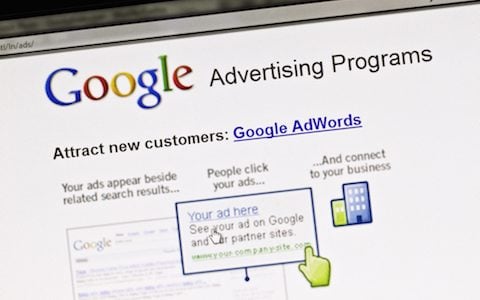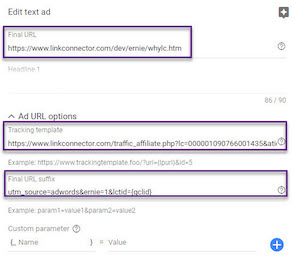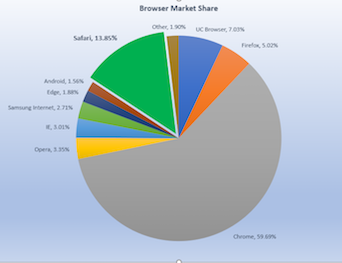So, 2018 has been an interesting year for our Technology Team here at LinkConnector (LC). As we always do, we created a list of initiatives to tackle this year, but it turns out that others had different ideas. First there was GDPR and its affect on Privacy, now there is the Safari Intelligent Tracking Prevention (ITP) 2.0, and soon we will be implementing a solution to deal with Google’s Parallel Tracking.
What’s the Challenge?
If you haven’t heard, Apple is implementing Safari ITP 2.0 into its release of Safari Version 12 on September 17, 2018. ITP 2.0 is a more stringent standard than ITP 1.0 that Apple introduced in 2017. In short, ITP 2.0 could severely impact affiliate tracking of users who use Safari browsers in the future as it does not allow cookies to be set other than on the merchant’s website.
Ok, so you’ve heard of Safari, but thought that Chrome and Firefox are the browsers everyone uses. Well, not really, particularly when you think of mobile browsers (remember that iPhone in your pocket?).
Safari has nearly 14% browser market share in the U.S. (Firefox, once the market leader, only has 5%). Now, that 14% number looks big, but it is much larger for affiliate networks like LinkConnector that are heavy with cost per sale and mobile conversions.
Our Safari click percentage is 17% and it is 27% for transactions (events). That means if not properly dealt with, tracking could be lost on up to 27% of all transactions. Well, not quite, as the high end is more likely 21% since 20% of the Safari traffic comes from older Safari browsers that aren’t likely to be updated. So, do we have your attention yet?
Ok, so what’s the good news?
The good news is that LinkConnector has been working this issue for some time now and put our solution into place in mid-August. The LinkConnector solution complements the cookie-based tracking traditionally employed by networks acting together as belt and suspenders to increase our tracking capability. In fact, since LC implemented its ITP 2.0 solution, there’s been a lift in tracking for Safari browsers of 11% (growing from 27% to 30%).
What should you do?
LinkConnector Merchants generally use one of three tracking methods.
Universal Tracking Solution (UTS) – our robust tag management solution allowing for easy implementation of Naked Coupons, Naked Link Technology, other networks, and partners like UpSellit.
Batch/API – used mainly with our partners that have APIs we access to process transactions.
Pixel – Our original, legacy tracking technology which some of our merchants have employed successfully for 10 years or more.
Read More














